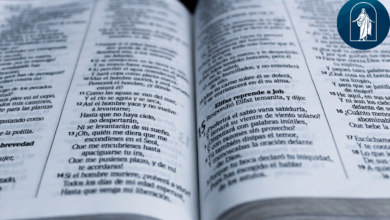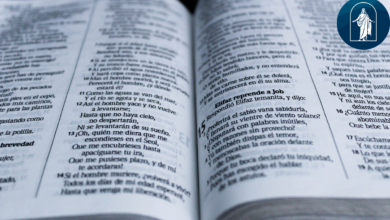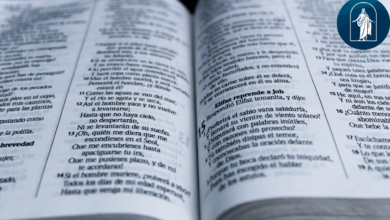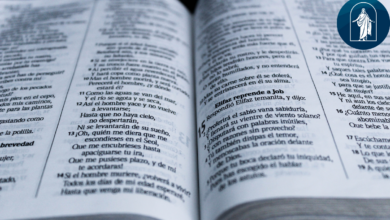The Old Testament: A Journey through the Foundations of Faith!
The Old Testament is an essential part of the Holy Bible, comprising a collection of books that span from the creation of the world to the period before the birth of Jesus Christ. The Old Forehead

Also known as the Old Testament, it lays the foundations of the Judeo-Christian faith and provides in-depth insight into the history, laws, worship, and prophets of the people of Israel.
In this article, we will explore the meaning and importance of the Old Testament, highlighting its relevance for understanding the divine message and building a solid foundation of faith.
Books of the Old Testament of the Bible
Exploring the Old Testament
The Old Testament comprises a wealth of knowledge, wisdom, and divine revelation.
Divided into different literary genres, such as historical narratives, laws, poetry and prophecies, these books intertwine to form a unified narrative.
Let's explore some key aspects of the Old Testament:
Creation and Ancient History:
The Old Testament begins with the book of Genesis, which narrates the creation of the world and presents figures such as Adam, Eve, Noah and Abraham.
These stories describe the earliest relationships between God and humanity, as well as the events that shaped the history of faith.
The Covenant and the Law:
A central element of the Old Testament is the covenant between God and the people of Israel.
The books of Exodus, Leviticus, Numbers, and Deuteronomy detail the commandments, laws, and rituals that the Israelites were to follow as part of this covenant.
These instructions laid the foundation for worship and moral conduct.
The Prophets and Hope:
The books of the prophets offer messages of warning, exhortation and hope for the people of Israel.
Prophets such as Isaiah, Jeremiah and Ezekiel brought words of correction, promises of restoration and visions of the redemptive future.
Wisdom and Poetry:
The Old Testament also contains a variety of books of poetry and wisdom, such as the Psalms, Proverbs, and the book of Job.
These writings explore themes such as worship, justice, practical wisdom, and understanding human suffering.
Conclusion:
The Old Testament is a fundamental part of the Bible that offers a deep understanding of the Judeo-Christian faith.
Its stories, laws, prophecies, and wisdom provide a solid foundation for faith and a glimpse of God's redemptive work in human history.
By exploring the books of the Old Testament, we can deepen our understanding of the divine message and find guidance for our own journey of faith.
Access individual Old Testament book topics to explore each book in detail, delving deeper into the stories, teachings and messages contained within each one.
Through this immersion, you will have the opportunity to gain an in-depth understanding of the richness of the Old Testament and its relevance to the Christian faith.
FAQ – Frequently Asked Questions
What is the difference between the New and the Old Testament?
The Old Testament and the New Testament are two distinct parts of the Bible, which together form the Holy Scripture of Christians.
The Old Testament is made up of the books that were written before the birth of Jesus Christ, while the New Testament is made up of the books that narrate the life, teachings, death and resurrection of Jesus and the early years of the Christian church.
The Old Testament establishes the historical and theological basis for the coming of the Messiah, while the New Testament reveals the fulfillment of messianic prophecies in Jesus Christ.
What is part of the Old Testament?
The Old Testament is made up of a collection of 39 sacred books, which include historical narratives, laws, poetry and prophecies.
These books range from the creation of the world to the period before the birth of Jesus.
Some of the best-known books of the Old Testament include Genesis, Exodus, Psalms, Proverbs, Isaiah, and Jeremiah.
Each book has its own purpose and message, contributing to the understanding of history, law, worship, and the relationship between God and humanity.
What was the law like in the Old Testament?
In the Old Testament, the law was a central part of the relationship between God and the people of Israel.
The law was given by God to Moses on Mount Sinai and covered a variety of aspects of life, including moral commandments, rituals of worship, principles of social justice, and instructions for the functioning of society.
The law in the Old Testament was intended to guide the people of Israel in their worship of God, establish a moral standard, and promote justice and order in the community.
What are the books of the Old Testament?
The books of the Old Testament are the same as the Old Testament, referring to the same collection of 39 sacred books.
These are the books of the Old Testament: Genesis, Exodus, Leviticus, Numbers, Deuteronomy, Joshua, Judges, Ruth, 1 Samuel, 2 Samuel, 1 Kings, 2 Kings, 1 Chronicles, 2 Chronicles, Ezra, Nehemiah, Esther, Job, Psalms, Proverbs, Ecclesiastes, Songs, Isaiah, Jeremiah, Lamentations, Ezekiel, Daniel, Hosea, Joel, Amos, Obadiah, Jonah, Micah, Nahum, Habakkuk, Zephaniah, Haggai, Zechariah and Malachi.
These books, written over several centuries, play a central role in the Judeo-Christian faith and history, revealing divine revelation, God's promises, and the history of the people of Israel.
Who is Jesus in the Old Testament?
Although Jesus Christ is not mentioned by name in the Old Testament, several prophecies and types point to his coming as the promised Messiah.
The Old Testament contains a series of messianic prophecies that are fulfilled in Jesus, such as Isaiah's prophecies about the Suffering Servant and the promises of a descendant of David who will reign forever.
Furthermore, many types and symbols found in the Old Testament are seen as prefigurations of Jesus and his redemptive work.
